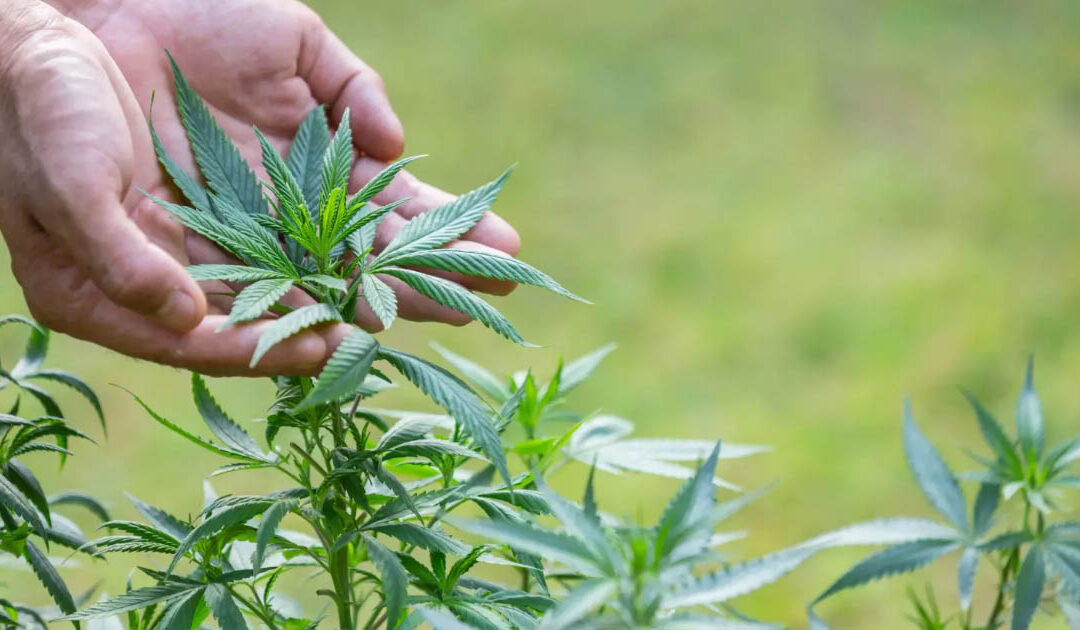Photo Credit: Freepik.com
Cannabis is an illegal drug in India and it comes from the cannabis plant. It is also known as marijuana and weed. It is a drug that can make you feel delighted, relaxed and/or anxious, paranoid. THC is the chief chemical that can have an impact on one’s mood and behaviour.
People use cannabis for several reasons. Some use it to alleviate mental or physical symptoms. This is self-medication. This may make them feel better in the short term but it can increase or create new issues in the longer run. Adolescents are more likely to use it than older people. The effects can be pleasant or unpleasant. Most symptoms usually last for a few hours but there can be unpleasant long-term symptoms, especially if someone used cannabis regularly over a long period of time.
Research has found a connection between cannabis and developing psychosis or schizophrenia. Psychosis is when a person experiences things that others don’t. Schizophrenia is a mental illness. If you have schizophrenia, you can have psychosis and other symptoms.
The pleasant effects of cannabis?
- It can make a person feel calm, relaxed, talkative or laugh more than usual.
- They may find that colors and music are brighter and sharper.
- They are known as a ‘high.’
The unpleasant effects of cannabis?
- It can cause hallucinations, changes in mood, amnesia, depersonalisation, paranoia, delusion and disorientation.
- Difficulty in concentrating or remembering things.
- Poor sleep and feeling depressed.
- Feeling of time slowing down.
- Lower motivation.
- It affects how you sense things.
- They may see, hear or feel things differently. This is known as hallucinating. They can be a sign of psychosis. (in this case, a drug-induced psychosis.)
Psychosis can be a symptom of mental illness, including schizophrenia, schizoaffective disorder and bipolar disorder.
Regular cannabis use is linked to an increased risk of anxiety and depression. But most research seems to focus on the link between psychosis and cannabis.
Cannabis may be one of the causes of developing a mental illness, but it isn’t the only one. Not all who use cannabis will develop psychosis or schizophrenia. Similarly, not all who have psychosis or schizophrenia have used cannabis. But one is more likely to develop a psychotic illness if one smokes cannabis and is ‘genetically vulnerable’ to mental health problems.
‘Genetically vulnerable’ means that you are innately more likely to develop a mental health problem. For example, if people in your family have a mental illness, you may be more likely to develop a mental health problem. If someone in your family has depression or schizophrenia, you are at higher risk of getting these illnesses when you use cannabis.
Cannabis can have the following effects.
- Long term use can have a small but permanent effect on how well you think and concentrate.
- Smoking cannabis can cause a serious relapse if you have a psychotic illness.
People with marijuana use disorders, especially adolescents, often also suffer from other psychiatric disorders. They may also use or be addicted to other substances, such as cocaine or alcohol. Studies indicate that effectively treating mental health disorders with medications and behavioural therapies may help reduce marijuana use, particularly among those involved with heavy use and those with more chronic mental disorders.
The following behavioural treatments have shown encouraging results –
- Cognitive-behavioural therapy: A form of psychotherapy that teaches people ways to identify and correct problematic behaviours in order to enhance self-control, stop drug use, and address a range of other problems that often co-occur with them.
- Contingency management: A therapeutic management approach based on frequent monitoring of the target behaviour and the provision (or removal) of tangible, positive rewards when the target behaviour occurs (or does not).
- Motivational enhancement therapy: An intervention designed to generate rapid, internally motivated change; the therapy does not attempt to treat the person, but rather mobilizes his or her own internal resources for change and engagement in treatment.
– Urveez Kakalia and Dhara Mehta.

